Mr. Nguyen Viet Dua cherishes the Second Class Medal of Military Exploit signed by President Ho Chi Minh .
In the memories of the former militiamen in Hoang Anh commune (Hoang Hoa) who participated in the battle and served in the battle to protect Ham Rong bridge that year that we were fortunate to meet, the image of Nguyen Viet Dua still exists. He was not only a simple, exemplary commune team leader, but also a brave, courageous, talented brother in fighting and commanding battles, directly inspiring them to volunteer and forget themselves for the country. Even the soldiers of the anti-aircraft artillery unit fighting on the northern bank of Ham Rong bridge that year still mentioned him with respect and pride.
Mr. Nguyen Viet Dua, born in 1937 in Phuong Dinh village, Hoang Anh commune (Hoang Hoa), now Phuong Dinh 1 street, Tao Xuyen ward ( Thanh Hoa city). In 1960, he joined the army, assigned to Company 5, Battalion 4, Regiment 57, Division 304 (stationed in Sam Son), and was admitted to the Party in 1962 at the unit. After more than 4 years of military service, he returned to his locality and was elected by the commune party congress to join the executive committee, serving as commune team leader from May 1964. After the Gulf of Tonkin incident staged by the US, receiving secret orders from his superiors, from the end of 1964 he made every effort to gather and train the militia in the commune to be ready to fight against any escalation of the enemy.
He said: “Before the battle to protect Ham Rong bridge from April 3, 1965, Hoang Anh commune had organized 2 militia platoons, mastered the way to use rifles and the plan to supply food, ammunition, and take wounded soldiers out of the battlefield... Therefore, when the war broke out, although it was very fierce, everyone was not confused or surprised, everyone was full of fighting spirit”.
On April 3, 1965, the US officially escalated the attack on Ham Rong Bridge, and the anti-aircraft artillery positions and rifles of our army and people were ready to fight. Mr. Dua, as the commune team leader, had to run back and forth between bombs and bullets to command both militia platoons to fight, then mobilized people to participate in supplying food, loading ammunition, and serving the main army units on the North bank of Ham Rong Bridge.
“Normally, it is very difficult for rifles to shoot down planes because of their low range. But our position was arranged in a way that we could shoot down planes when they swooped down to bomb the bridge. Thanks to this effective arrangement, the rifles contributed to creating a strong anti-aircraft fire network to protect the bridge,” he said.
The victory of Ham Rong is a brilliant epic in the history of the struggle to defend the country in the heroic land of Thanh Hoa. Despite his advanced age, Mr. Dua still recounts in detail and eloquently about each battle. Because there was not a single encounter with the enemy that he did not participate in on the North bank.
He said that from June 21 to 23, 1966, were the most fierce days. Every day, the US mobilized nearly 100 modern aircraft, flying dozens of times to attack the bridge. During those 3 days, the platoons under his command not only fought with rifles, then supplied the main units, but also rushed to the artillery mount to replace wounded soldiers.
“Around noon on June 21, 1966, amidst the roaring sound of enemy planes, my militia comrades and I went to supply food and ammunition to the artillery positions and discovered that many of our soldiers had been killed or wounded. I called on my comrades in the platoon to quickly transport the soldiers to the outer perimeter, and assigned 18 other comrades to control the 6 anti-aircraft guns of the 288th Regiment to fight. We forgot to eat and drink, and even forgot our fear, so even though the American enemy mobilized hundreds of planes to bombard, the bridge still stood firm,” Mr. Dua recalled.
In that fierce battle, Mr. Dua was buried in a deep hole by an American bomb. The whole platoon dug and searched for him before they could save him, as blood continuously flowed from his nose and ears... But when he regained consciousness, he demanded to go back to the artillery mount to continue fighting.
After years of brave and courageous fighting, commune team leader Nguyen Viet Dua was honored to be elected to participate in the victory celebration in 1967 and met Uncle Ho with heroes: Ngo Thi Tuyen, Nguyen Thi Hang on the southern bank of Ham Rong bridge.
“That day, Uncle Ho arrived much earlier than the announced ceremony time. He walked around the hall, met, talked, and warmly asked each cadre, soldier, and militiaman. I was very touched by Uncle Ho's closeness and friendliness. I remember clearly what he told us that day: You must further promote the spirit of solidarity, courage, and bravery in combat so that we can gain more victories. When Uncle Ho finished speaking, the entire hall, which had been completely silent, erupted into thunderous applause. Everyone was excited, joyful, and filled with endless inspiration,” the former commune team leader recounted.
During the ceremony that day, Mr. Dua was awarded the Second Class Military Exploit Medal signed by Uncle Ho, a document bag and a pair of rubber sandals. These are souvenirs that he always keeps and cherishes, reminding himself to always live and contribute to the Fatherland and homeland. In 2020, he brought those souvenirs to donate to the Provincial Museum with the desire to contribute rich artifacts about President Ho Chi Minh, to continueeducating the tradition of patriotism and pride in the next generations.
“Although the time I met Uncle Ho was short, it was an extremely precious, sacred and proud memory for me. I have always corrected myself, lived a standard life, and set an example in both work and lifestyle according to his teachings,” Mr. Dua confided.
Now that his children and grandchildren are healthy and enjoying peace, independence and freedom, he is happy because his homeland is changing day by day. In the small house on Phuong Dinh 1 Street, where the family altar is placed, he hangs the portrait of President Ho Chi Minh highest, with all his love and gratitude.
Article and photos: Do Duc
Source: https://baothanhhoa.vn/ven-nguyen-ky-uc-ngay-gap-bac-249143.htm


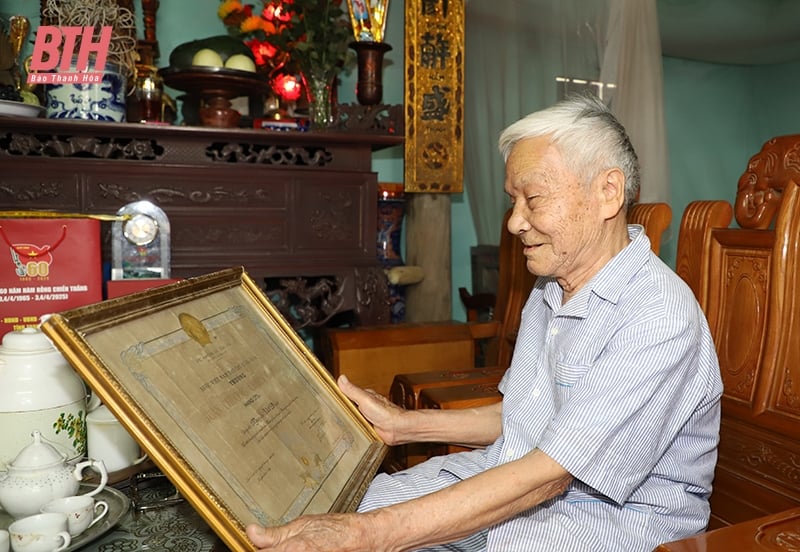
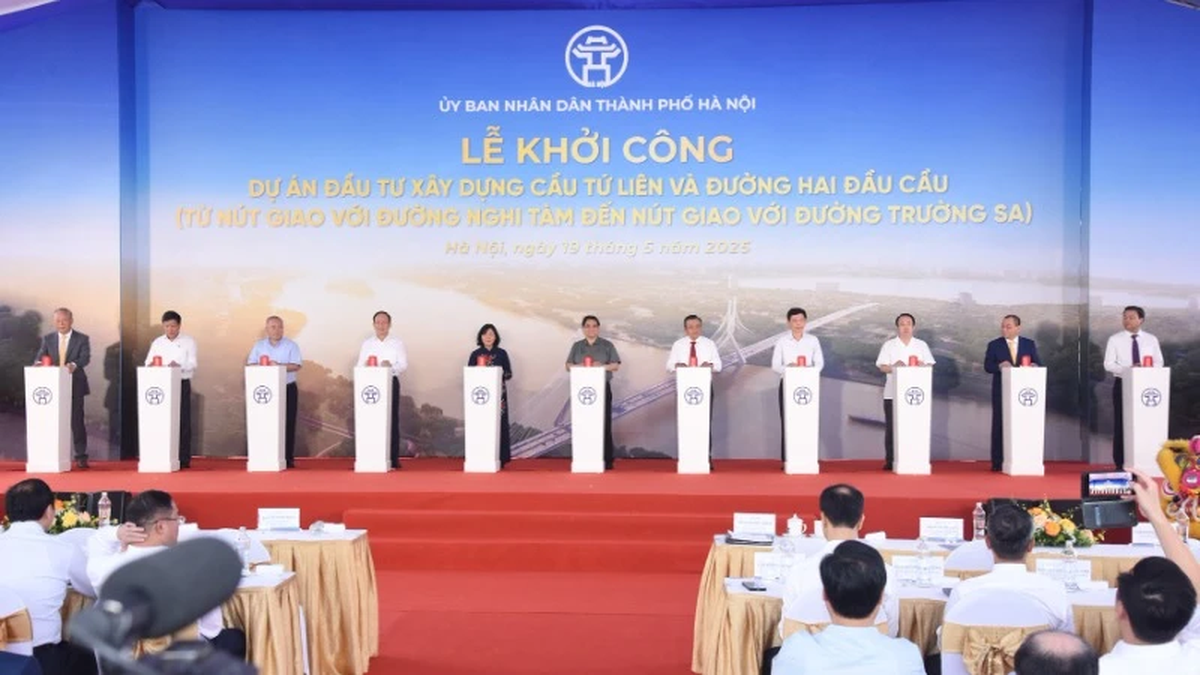
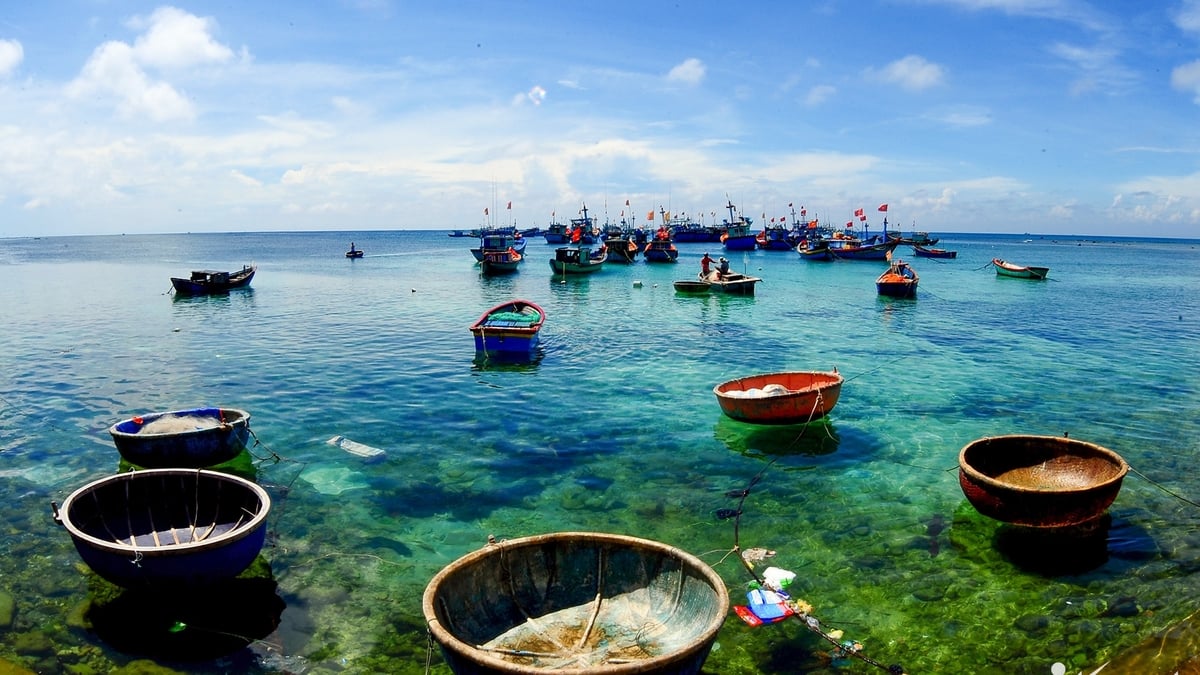

![[Photo] Party and State leaders visit President Ho Chi Minh's Mausoleum](https://vphoto.vietnam.vn/thumb/1200x675/vietnam/resource/IMAGE/2025/5/19/d7e02f242af84752902b22a7208674ac)
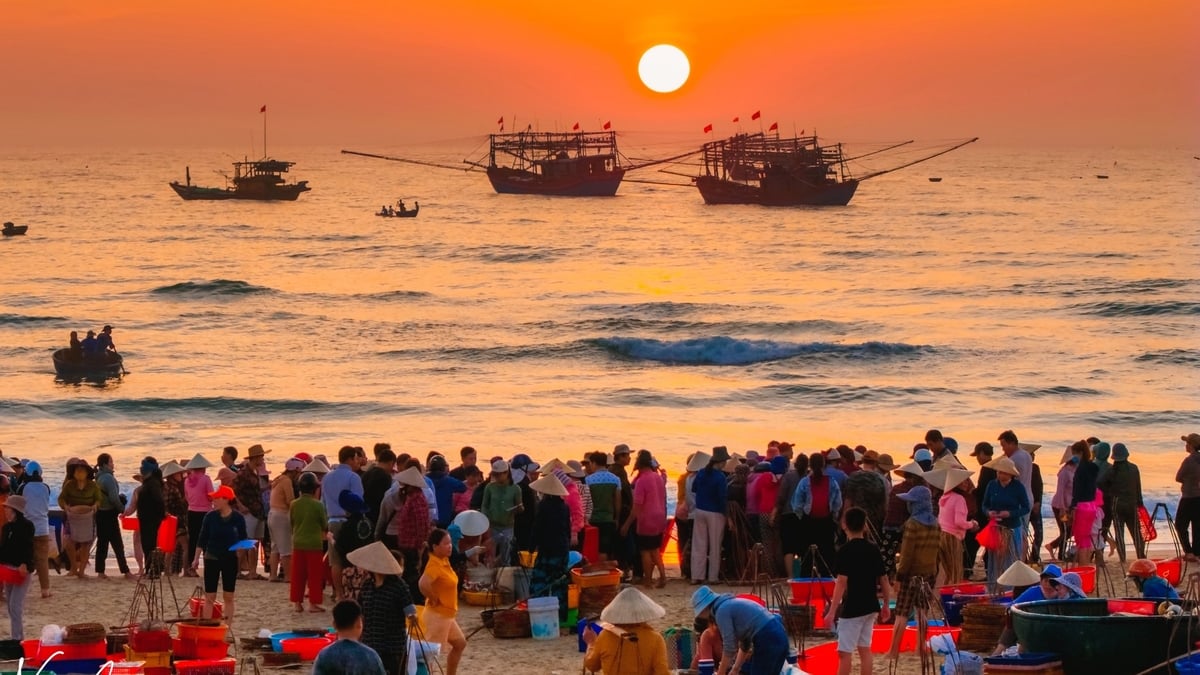
![[Photo] Special flag-raising ceremony to celebrate the 135th birthday of President Ho Chi Minh](https://vphoto.vietnam.vn/thumb/1200x675/vietnam/resource/IMAGE/2025/5/19/1c5ec80249cc4ef3a5226e366e7e58f1)
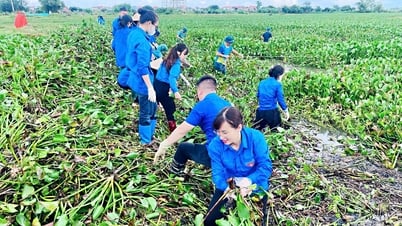

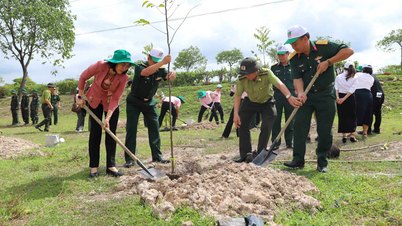

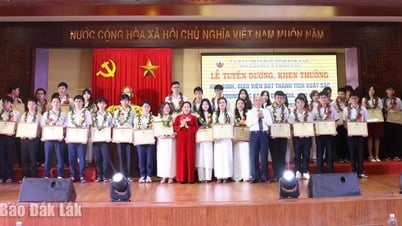

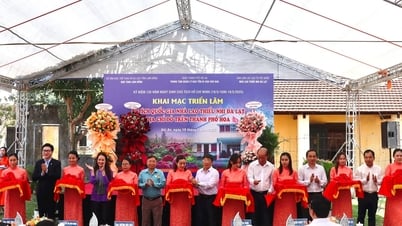



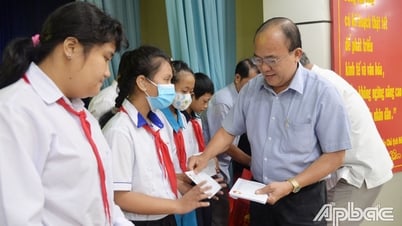






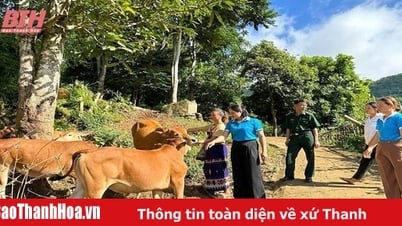
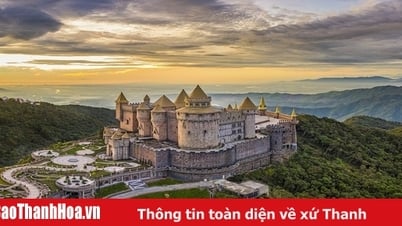
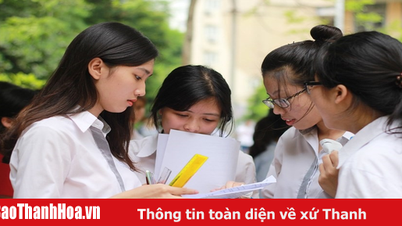
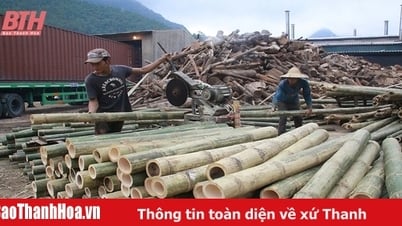
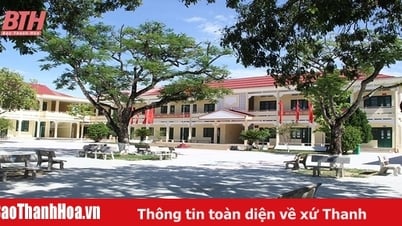
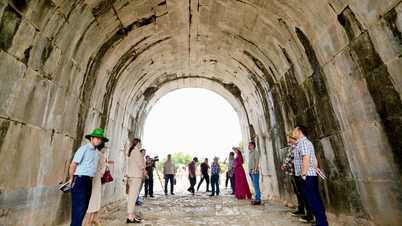

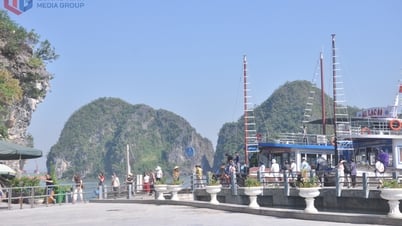


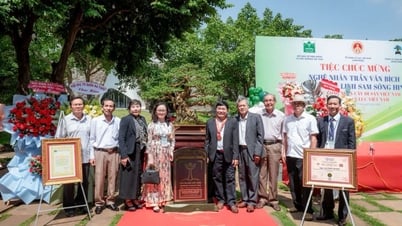












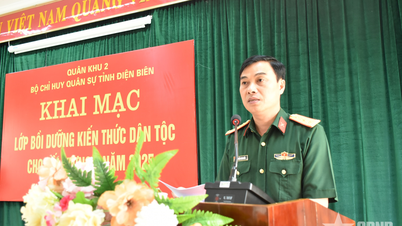
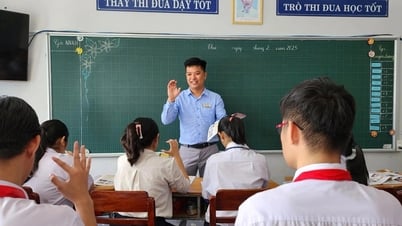







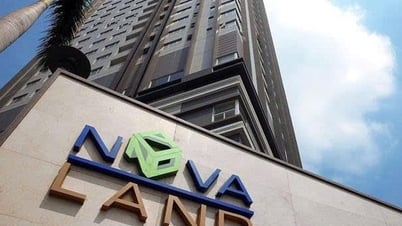
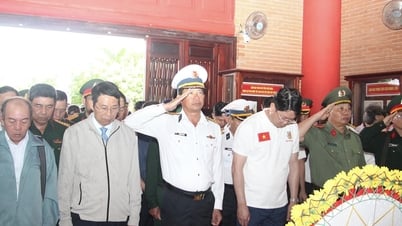

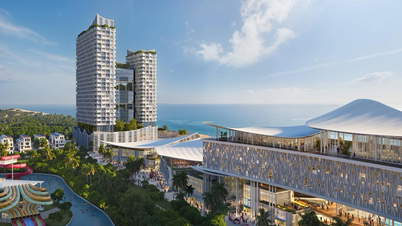

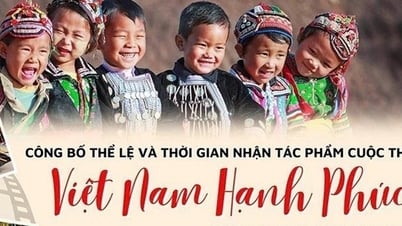


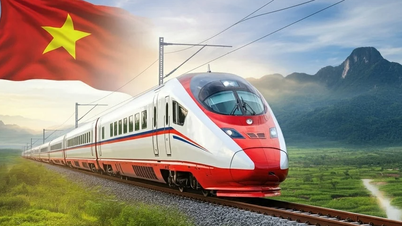
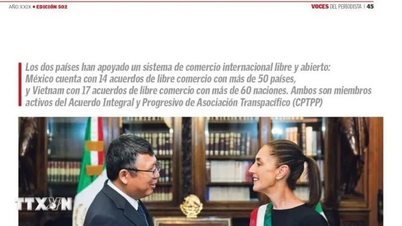

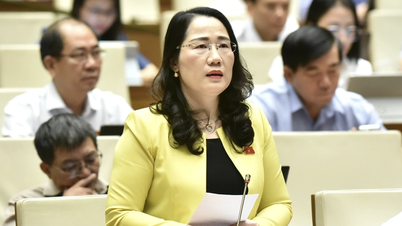


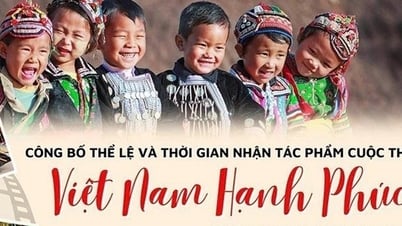
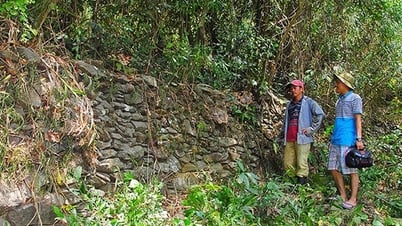

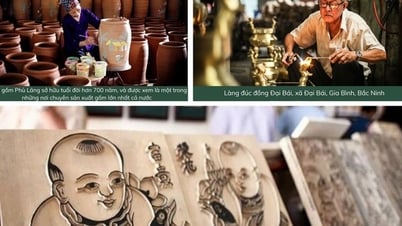
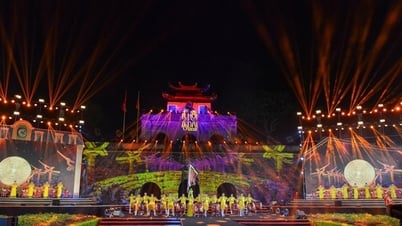
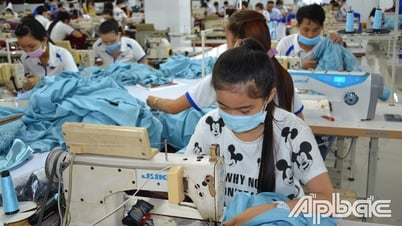
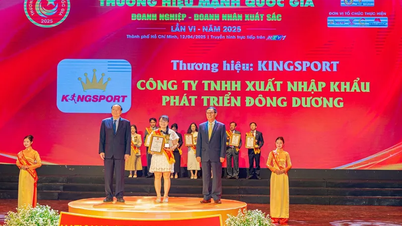



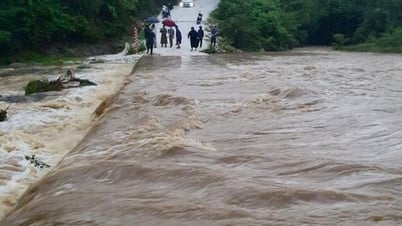

![[VIDEO] - Enhancing the value of Quang Nam OCOP products through trade connections](https://vphoto.vietnam.vn/thumb/402x226/vietnam/resource/IMAGE/2025/5/17/5be5b5fff1f14914986fad159097a677)








Comment (0)